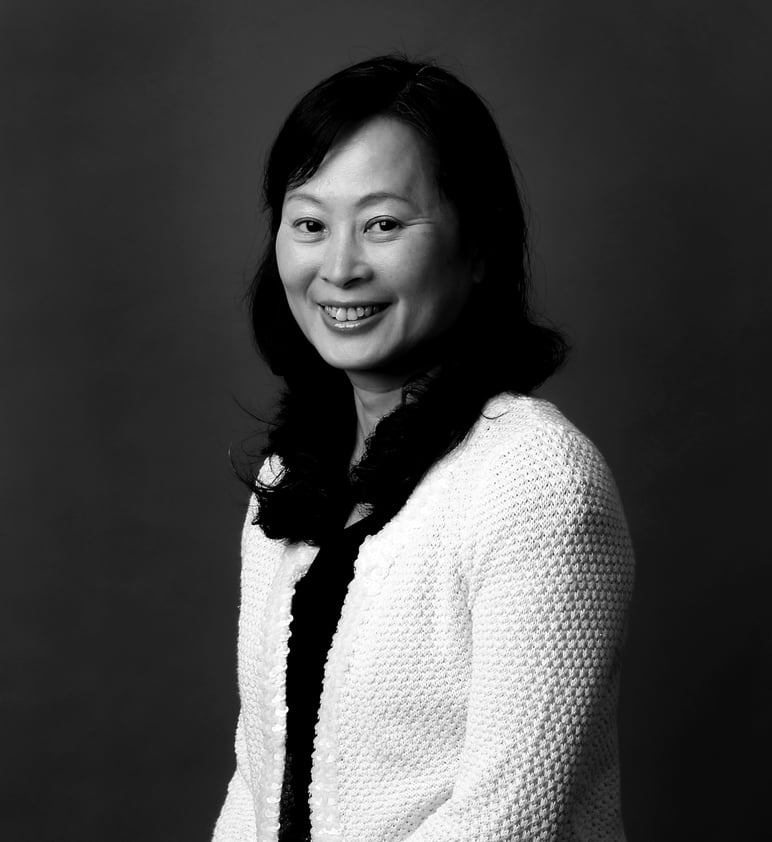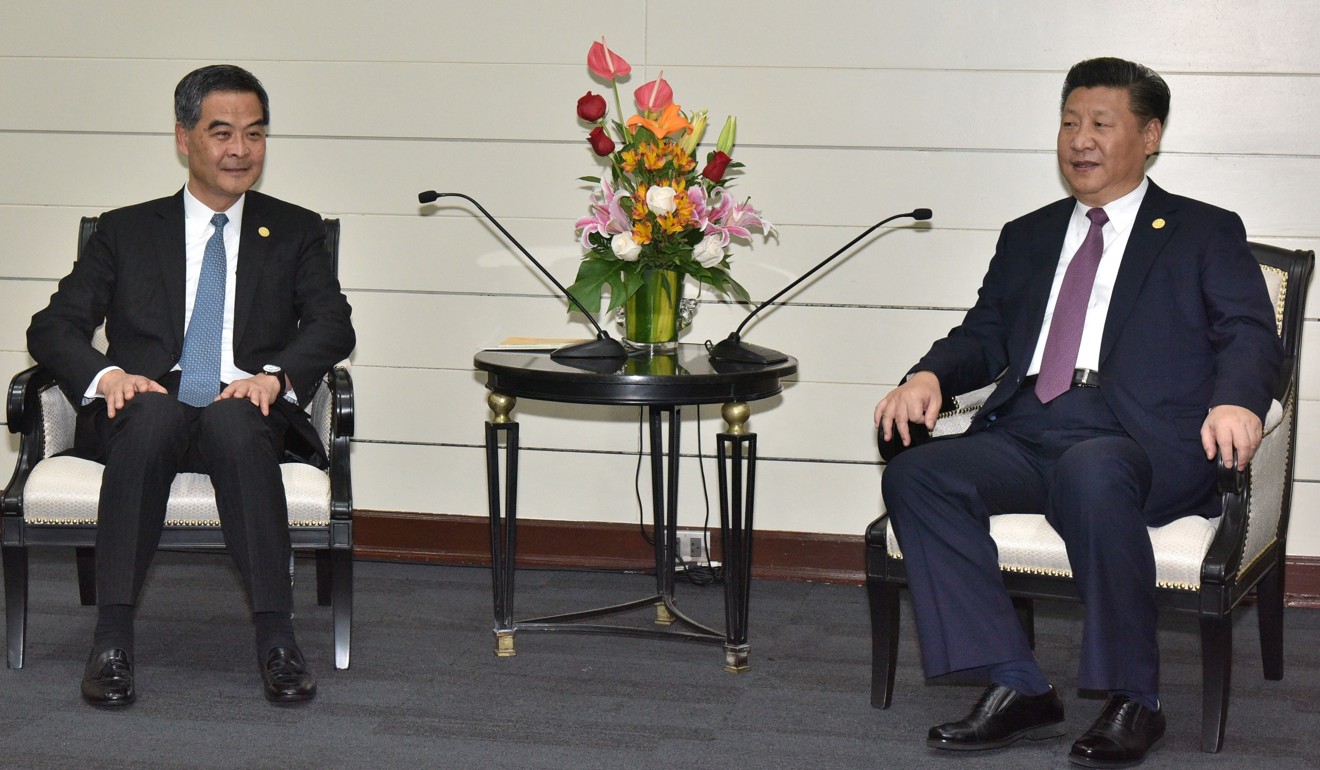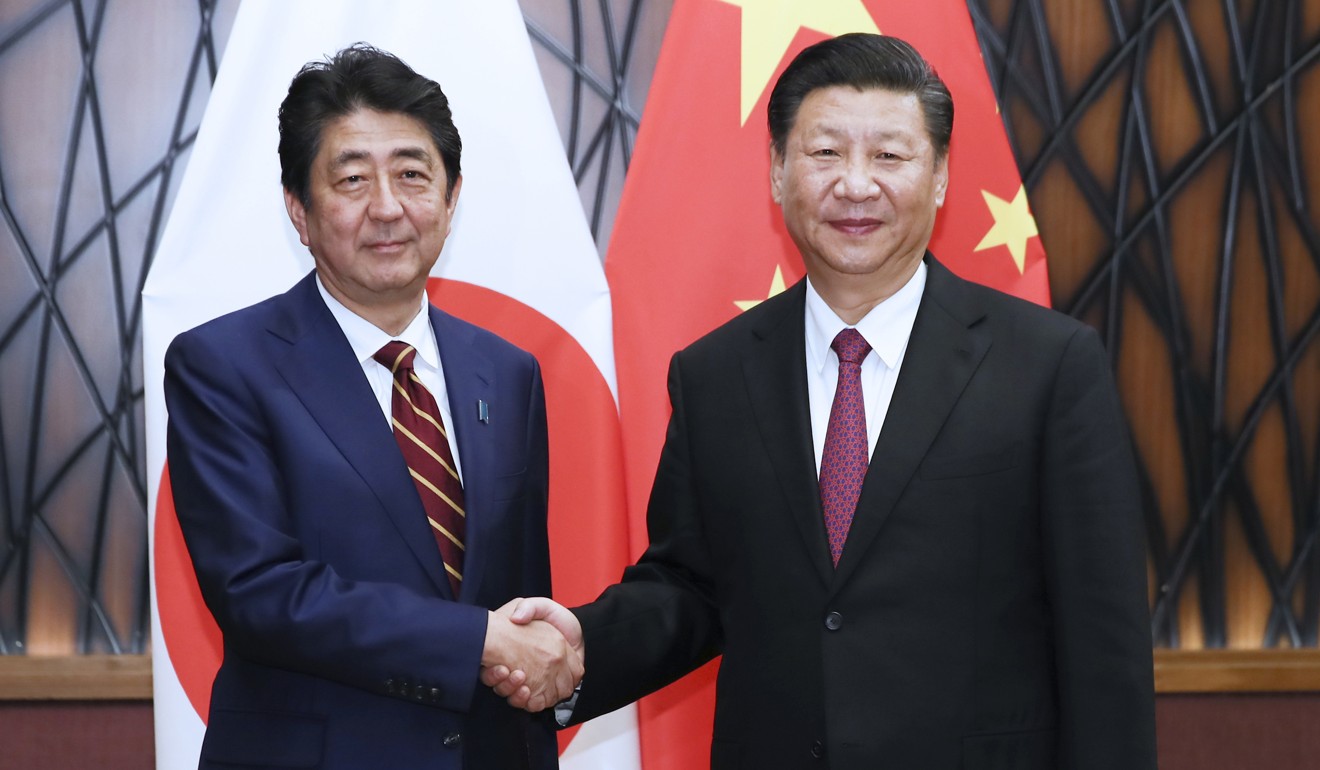
Why Hong Kong leader Carrie Lam did not meet Xi Jinping privately at Apec summit
Unlike in previous years, Lam did not get a sit-down with the president at the Vietnam gathering, as Beijing seeks to normalise how the city leader reports to the national government
It used to be normal practice for the Chinese president to meet Hong Kong’s chief executive on the sidelines of the annual Asia-Pacific Economic Cooperation (Apec) leaders’ summit, but this no longer seems to be the case.
And though one does not have to read too much into the change, there is a subtle but clear message.

That set the whole town guessing whether Leung would seek a second term, but he later asked the public not to speculate too much by linking the meeting with his future plans. Xi met Leung the year
Carrie Lam affirms Hong Kong’s commitment to free trade at her first Apec summit
Over the years, these meetings have come to signal support from the top leadership for the city and its leader. But apparently Beijing has decided there are other ways to achieve that purpose, instead of using an international venue where geopolitical issues are supposed to be handled.

Hong Kong, after all, is considered an internal affair, although the city joins a number of international
organisations, including Apec, as an independent economic entity under “one country, two systems”.

In terms of Chinese political protocol, the annual duty visit of the chief executive to Beijing should be the most appropriate occasion for Lam to report to Xi on Hong Kong’s latest.
So there’s no need to guess whether Beijing is giving Hong Kong more or less importance. It’s simply “normalising” the reporting mechanism between the city’s leader and the country’s top leadership by making the annual December visit the official one.
Such a change of rule actually started two years ago when Beijing decided the chief executive should sit on one side of the table from his mainland counterparts, while Xi sat at the head.

